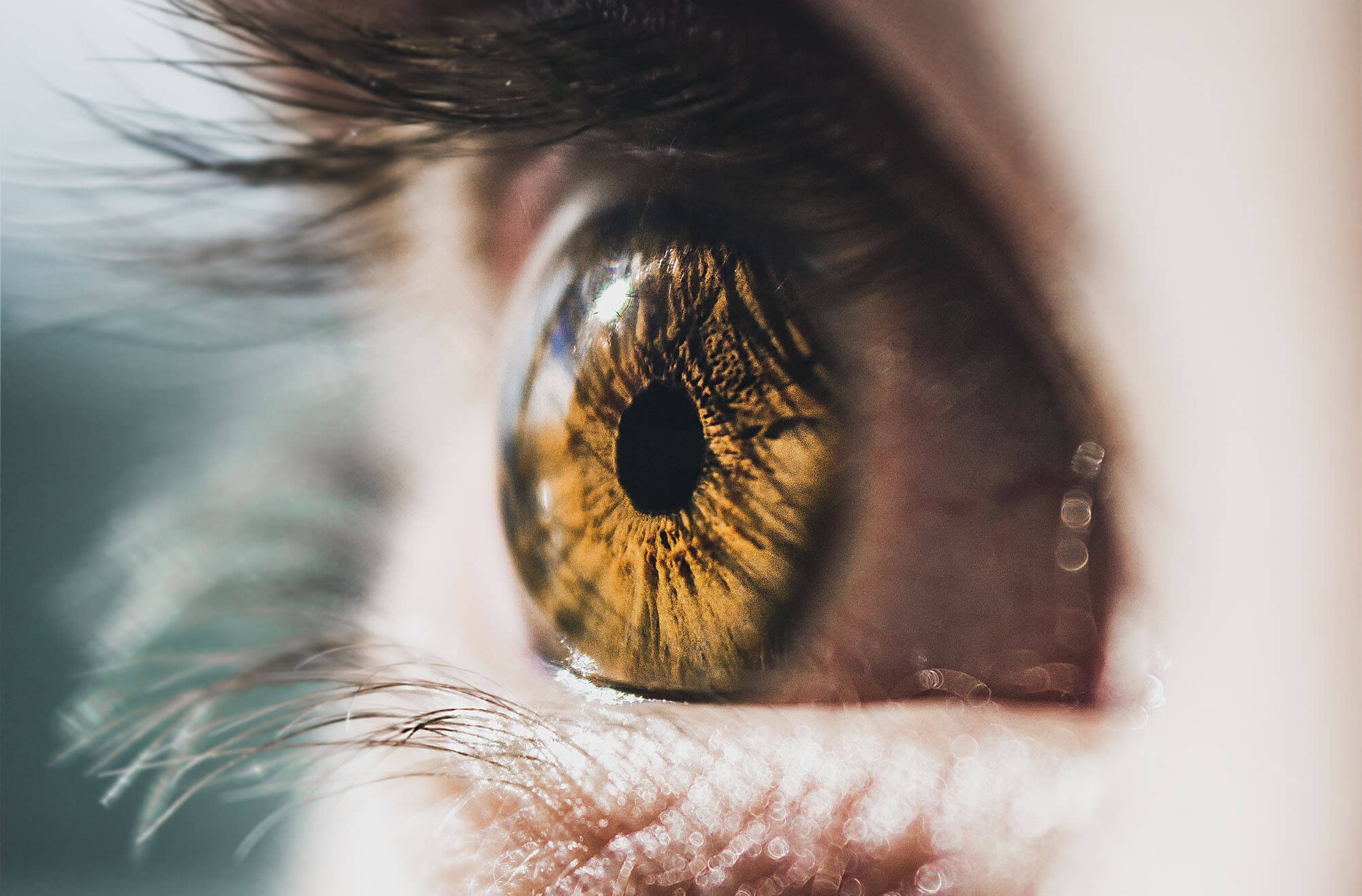Hazel Eyes vs. Central Heterochromia
Have you ever met someone with two different eye colors in the same eye? Have you always considered them as having hazel eyes? That could be the case, but it could be something more. Let’s take a look at the differences between hazel eyes vs. central heterochromia, a term you may have never heard of.
Causes of Hazel Eyes
Are your eyes hazel? How do you describe them? Some say they are brownish-green or a little gold. Others might say your eyes have an amber hue to them. It may be hard to describe the actual color of hazel eyes because it seems like they are constantly changing depending on your setting.
Science used to say that our eye color was simply something we inherit from our parents. Although this is true, it doesn’t necessarily mean we will have their same eye color. Up to 16 genes can play a part in our eye color, and it all depends on how those genes interact with each other.
Melanin is the pigment that gives us our eye color and also affects our skin color. Those that have a fair amount of melanin tend to have hazel eyes. If even more melanin is present (like in African Americans, Hispanic or Asian populations), their eyes lean more towards a dark brown color.
Babies born with blue eyes can develop more melanin in their bodies as they grow, resulting in changing eye color as older children. There is actually no such thing as blue, green, or hazel pigments in the eye. It’s all just different levels of the brown pigment called melanin.
Causes of Central Heterochromia
When you meet someone with two different eye colors in the same eye, you can’t help but stare. It’s beautiful! This trait is called central heterochromia and is very rare. You may have never heard of it, but it’s when the inner ring of the iris (the colored part of your eye next to the pupil) is an entirely different color from the outer ring of the iris. Usually, this happens in both eyes.
Just like hazel eyes, or any eye color for that matter, central heterochromia is caused by melanin being dispersed differently throughout your iris. Other forms of central heterochromia can also appear as different colored wedges in the eye or even as both eyes being different colors from each other.
Central heterochromia isn’t usually genetic but appears randomly. This condition is not usually something to be concerned about. But if it shows up later in life, you may want to get it checked out as it can be a sign of injury, infection, diabetes, or other medical condition.
What Are Their Differences?
In short, the difference between hazel eyes and those with central heterochromia lies in how the melanin is dispersed. Hazel eyes can appear to be two different colors, but they blend together at some point, where central heterochromia has two very distinct rings of color within the iris.
Learn more about your eyes and healthy vision habits by calling us to schedule an eye exam today.







Thanks!
I have these eyes and have been looking for information on them!
Heterochromia!
You are welcome!
I’ve been wondering if I have central heterochromatic eyes (outer iris is appears green and the inside ring is brown). People with brown and hazel eyes have told me my eyes don’t fit into either category because mine don’t look like theirs. How can I find out for sure?
We recommend visiting a local eye doctor, to help you answer your question!
Thank you for publishing this! Many have called my eyes hazel, when i have green eyes because of my central heterochromia but this article made me realize that i have green eyes!
You are welcome!